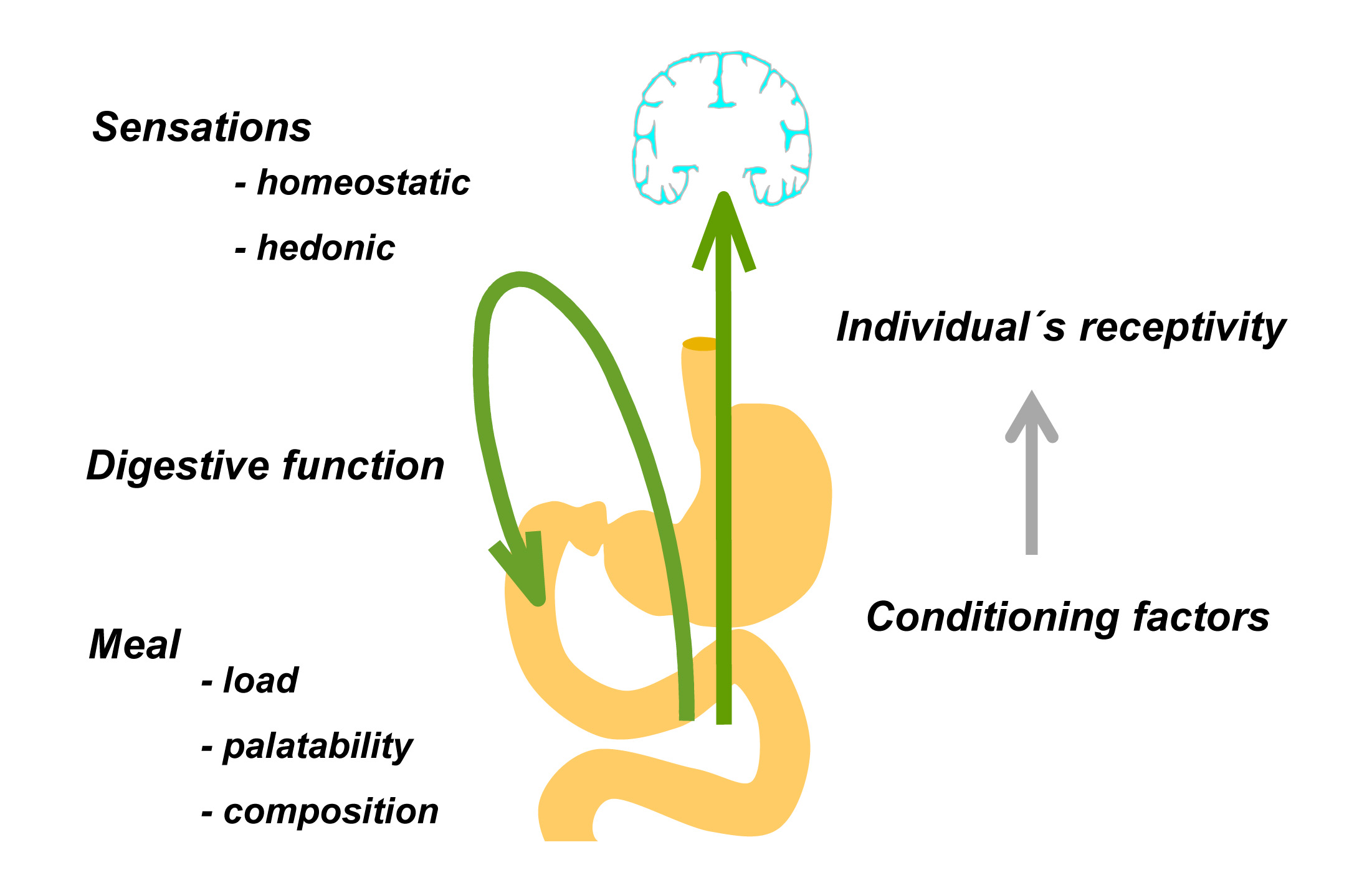

Blocking BBBĭysfunction protects parenchyma and improves functional outcome. Stroke, regions with BBB leakage gradually evolve to infarctions. Integrity is a key contributor in stroke-induced tissue damage. Post-stroke blood–brain barrier (BBB) impairments, reactive astrogliosis and scarįormation have a significant impact on the recovering brain tissue. Will enhance endogenous recovery processes represents a novel therapeutic Neovascularization, scar formation and tissue milieu to ensure an environment that The modification of post-stroke immune responses, The attention has thus shifted to strategies that aim to augment post-stroke

Promise in preclinical studies failed to show significant efficacy in clinical Unfortunately, neuroprotective agents that have shown great Over the past fewĭecades, preclinical research has focused on the development of neuroprotective Population, yet viable therapeutic interventions are limited. Stroke is a major cause of mortality and motor and cognitive impairment in the human Neurophysiological deficits in chronic stroke. Indicate that CD36 contributes to stroke-induced BBB dysfunction and scarįormation in an injury-independent manner, as well as to the chronic motor and Hedonic responses and spatial learning and strategy switching. Swim, sucrose preference) and memory tests (water maze) revealed that CD36ĭeficiency ameliorated stroke-induced behavioral impairments in activity, (open field, rotarod), anxiety (plus maze, light-dark box), depression (forced Three months after stroke compared to wild-type littermates. Mice displayed significantly attenuated BBB leakage and scar formation at While not evident during the acute phase, CD36 deficient Here, weĮmployed an extensive behavioral test arsenal to evaluate psychological andĬognitive endpoints. Majority of stroke recovery studies primarily focus on motor function. By subjecting WT and CD36KO mice toĭifferent MCAo occlusion durations to generate comparable acute lesion sizes, weĪddressed the role of CD36 in BBB dysfunction, scar formation and recovery. Reactive astrogliosis and scar formation. Vascular dysfunction and regulates post-stroke injury, neovascularization, CD36 is a classī scavenger receptor that plays a role in innate immunity, inflammation and Ameliorating blood–brain barrier disruption and altering scar formation dynamicsĪre potential strategies that may improve post-stroke recovery.


 0 kommentar(er)
0 kommentar(er)
